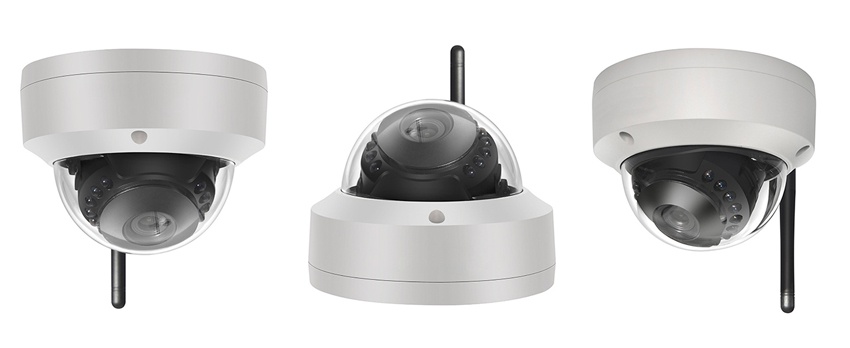In the realm of security, outdoor surveillance cameras have become a cornerstone of safety and monitoring strategies for homes and businesses alike. These devices play a critical role in deterring criminal activity and providing real-time surveillance around the clock.
Among the various options available, wireless outdoor security cameras have gained significant popularity due to their flexibility, ease of installation, and advanced features. In this article, we explore how these innovative devices work and the benefits they bring to users, especially when sourced from a reliable security camera company in Canada.
Understanding Wireless Outdoor Security Cameras
The Basics of Wireless Technology
Wireless outdoor security cameras operate without the need for physical cables to transmit video signals. Instead, they use wireless transmission methods such as Wi-Fi, which allows the camera to send the captured video data to a receiver connected to a storage system or an internet network. This technology enables homeowners and businesses to install cameras in various outdoor locations without worrying about the complexities of running cables.
Components of a Wireless Security Camera
A typical wireless outdoor security camera comprises several key components:
- Camera Lens: Captures the video footage.
- Infrared LEDs: Provide night vision capabilities.
- Microphone and Speaker: Enable two-way audio communication.
- Wireless Transmitter: Sends the captured video and audio to the receiver.
- Power Source: Usually batteries or solar panels.
These components are encased in weather-resistant housing to ensure the camera operates effectively in various environmental conditions.
Installation and Setup
Choosing the Right Location
The effectiveness of outdoor surveillance cameras largely depends on their placement. Ideal locations are those that cover entry points, such as doors and gates, and areas where valuable assets are stored. It is crucial to ensure that the cameras are placed high enough to avoid tampering but still capture clear images without obstruction.
Configuring the Camera
Setting up a wireless camera involves configuring it to connect to an existing Wi-Fi network. This process typically requires the use of a smartphone app provided by the security camera company in Canada. The app helps users connect the camera to the internet, configure settings, and set up alerts and notifications based on motion detection or other security events.
Key Features and Technologies
Motion Detection
One of the most critical features of wireless outdoor security cameras is motion detection. Cameras equipped with this technology can detect movement within their field of view and automatically begin recording. This feature ensures that the cameras capture relevant footage and helps conserve storage space and battery life.
Night Vision
To ensure round-the-clock security, wireless cameras are equipped with night vision capabilities. This is usually achieved through infrared LEDs that illuminate the camera's field of view under low-light conditions, allowing the camera to capture clear video footage even at night.
Remote Access and Monitoring
Another significant advantage of wireless cameras is the ability to access and monitor video footage remotely. Users can view live streams or recorded videos from their smartphones, tablets, or computers, no matter where they are. This feature is particularly useful for people who are often away from their property but want to keep an eye on things.
Benefits of Using Wireless Outdoor Security Cameras
Flexibility and Scalability
The wireless nature of these cameras allows for easy installation and repositioning, providing users with the flexibility to adjust their security setup as their needs evolve. Additionally, adding more cameras to expand coverage is typically straightforward, as it doesn't require additional wiring.
Enhanced Security
By providing real-time surveillance and notifications, wireless cameras enhance security by allowing immediate response to suspicious activity. Whether it's a delivery person at the door or an unauthorized entry, users can respond promptly.
Cost-Effectiveness
Although the initial cost of wireless cameras might be higher than their wired counterparts, the overall savings on installation labor and materials can make them a more cost-effective option in the long run.
Conclusion
Wireless outdoor security cameras represent a significant advancement in the field of residential and commercial security. Their ability to provide flexible, comprehensive, and reliable surveillance makes them a top choice for protecting premises. When choosing a security camera system, it is advisable to select a trusted security camera company in Canada that offers robust products and support to ensure the safety and security of your property.


No comments yet